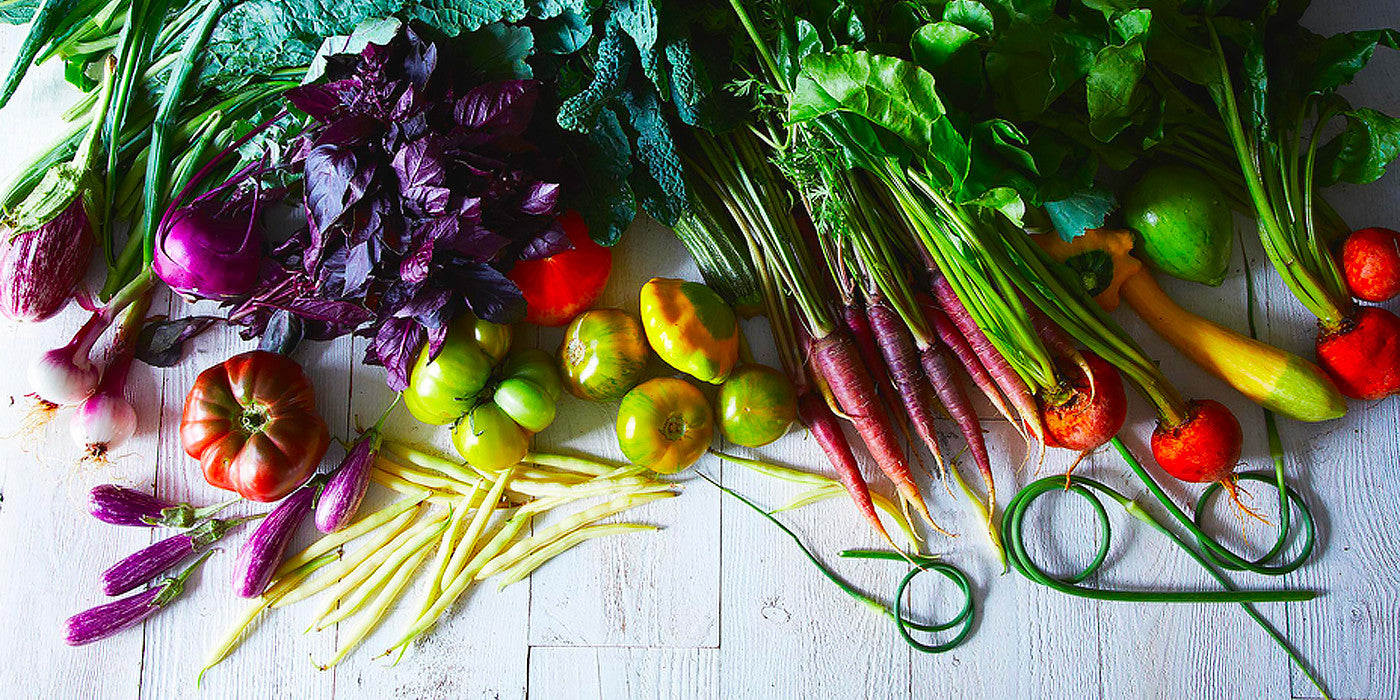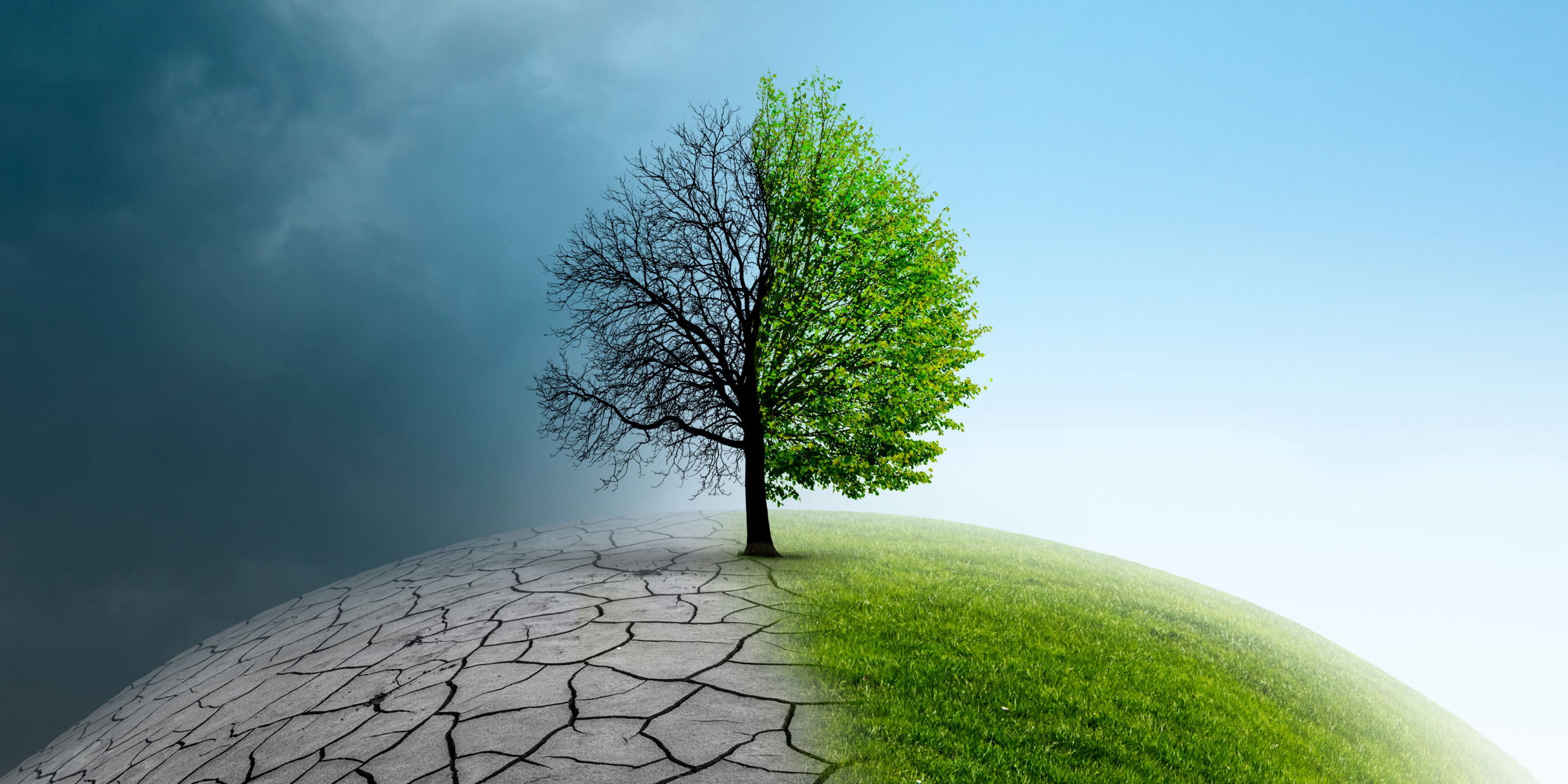In this post, we welcome Francesca Willow, creator of the ethical lifestyle blog “Ethical Unicorn”. She’s a UK-based artist, writer, and ethical lifestyle advocate. In addition to her incredible blog and product reviews, she also offers consulting services to help businesses and individuals green up their lifestyles. Today, she’s going to share some surprising insights into why syncing your eating to the season is great for the environment, and even better for your body.
We often hear talk of clean eating, but did you know that eating seasonally is one of the easiest ways to live a greener life?
In the western world we have access to any and every type of food whenever we want it. But adjusting our diets and purchasing produce that’s in season where we live is one of the easiest ways to reduce our footprint, and get the most from our food.

Here are some of the many benefits of eating seasonally:
It’s Greener
If you shop in sync with what’s in season in your area, it can be sourced more locally. When your food has to travel less to reach you, you dramatically reduce the emissions caused by your shopping.
It’s Cheaper
When produce is in season it’s at its highest quantity and cheaper to harvest, driving prices down for buyers. If you buy something out of season it has to be sourced, stored, and sent across the world to you. Meaning it has to be sold at a much higher price.
It’s Better Quality
For out of season food to reach you before it spoils it’s picked before the peak of its flavour to survive the journey. When you eat seasonally, the food is grown more locally, harvested at the best time of season, and sent straight to you. This means you get your produce at its peak both in nutrition and taste.
It Supports Your Seasonal Health Needs
Often natural crop cycles are in sync with our seasonal health needs. Summer fruits, such as stone fruits, provide extra beta-carotenes and carotenoids that fight off sun damage. And citrus in winter provides Vitamin C for fighting colds and flus.
So how do you start eating seasonally? The idea can seem a little daunting at first, but these days there are a wealth of resources online for finding what’s in season in your area.

Here are some thoughts to help you get started when searching for recipes and inspiration:
- In spring focus on growth with fresh greens on your plate. For example spinach, lettuce, or spring greens.
- In summer, stick with lighter, cooling foods (which is often what you want to eat anyway). Produce such as berries, broccoli, and corn, and herbs like mint are great places to start.
- In fall look for autumn harvest foods such as pumpkin, parsnip, and turnip. Also look for warming spices like peppercorns and mustard seeds.
- In winter focus on warming foods, including root vegetables such as sweet potato and swede, as well as citrus fruits to boost your immune system.

And if all else fails, find a farmers market!
Farmers from your area can only sell what’s been grown in season, and you’ll also be able to support local business at the same time.
It’s not about going cold turkey and giving up anything unless it’s the right time of year. But even planning our meals with more sense of the seasons helps the planet, your purse and your health.
What’s not to love?
Photo credits:
Cover Image: Photography by Food 52
1st Image: Photography by Green Evie
2nd image: Illustration by Cactus Club
3rd image: Farmers market by Urban Village






Share:
The Van Life: Minimalism to the Extreme...but nothing this couple can’t handle!
Sustainable Living on a Budget: Learn from a Master